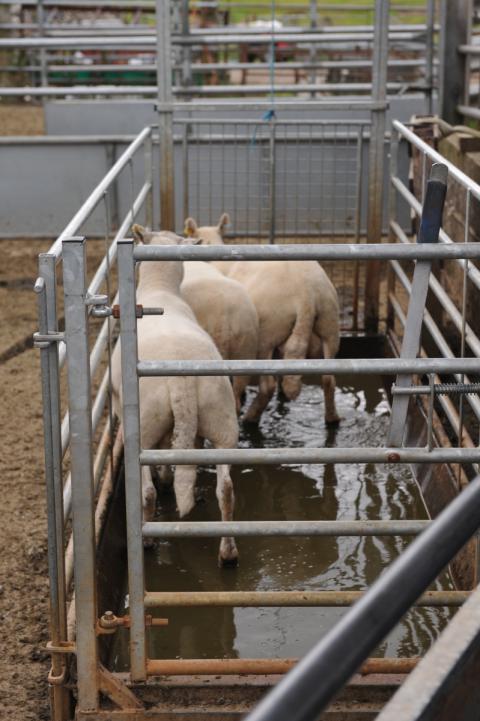Lameness in the national flock has welfare and economic implications. Prevention of disease is always preferable, but management of the condition is essential on effected farms.
The recent warm, wet weather has led to many flocks suffering outbreaks of lameness and given the amount of labour required to respond to high levels of disease and the production implications of lameness in the flock, producers are looking at better ways to control disease. .
Fortunately there are solutions which combine both existing scientific and veterinary knowledge and the practical experiences of farmers who have achieved very low levels of lameness in their flocks.
Known as the 5-point plan, the control strategies include:
- Early treatment
- Avoiding build-up of disease
- Vaccination
- Culling
- Quarantining new stock
With the breeding sales underway, now is the time to think about how sheep coming onto the farm are managed and introduced into the flock.
Biosecurity is one of the key messages of the Wales Animal Health and Welfare Framework implementation plan 2015-2016. Careful adherence to good biosecurity is important in disease control. This should be discussed with your vet and included in a flock health plan. As well as the risk of bringing in resistant parasites and new diseases with purchased stock, new strains of footrot can be introduced along with Contagious Ovine Digital Dermatitis or CODD. All purchased animals should be inspected for signs of foot lesions as these can be visible before sheep become lame. Consider footbathing on arrival and treat cases as quickly possible. Treatment options and foot bathing should be discussed with your vet. Keep new sheep separate for a minimum of 28 days and treat any problems that arise before they join the rest of the flock.
This is also the time of year that many keepers introduce vaccination into their management programme. The use of a foot rot vaccine has been shown to be an integral part of the control of footrot along with other management factors in a number of practical studies always read and adhere to manufacturers’ guidelines and veterinary advice. Pre-tupping is an ideal time to begin the process. Following advice from your vet, the decision can be made as to whether vaccination is suitable in your own flock. Whilst not targeted at CODD, vaccination can also be considered to be helpful in combatting this disease. Many flocks have both footrot and CODD present and reducing the levels of footrot can also help reduce the incidence of CODD. It is however important to remember that the treatment of CODD requires a different type of antibiotic compared with footrot. At the same time as discussing vaccination with your vet, check whether CODD might be present on the farm and the most appropriate treatment for your circumstances.

